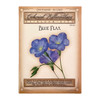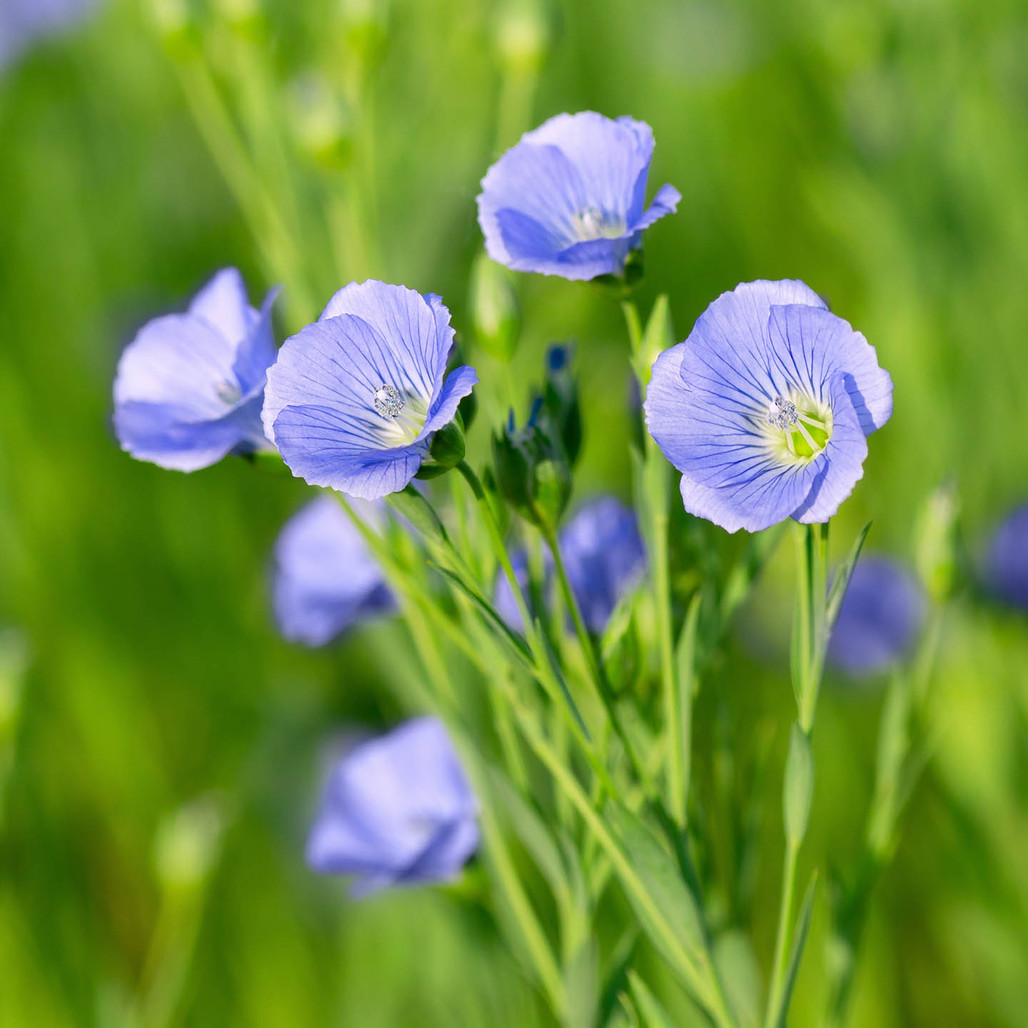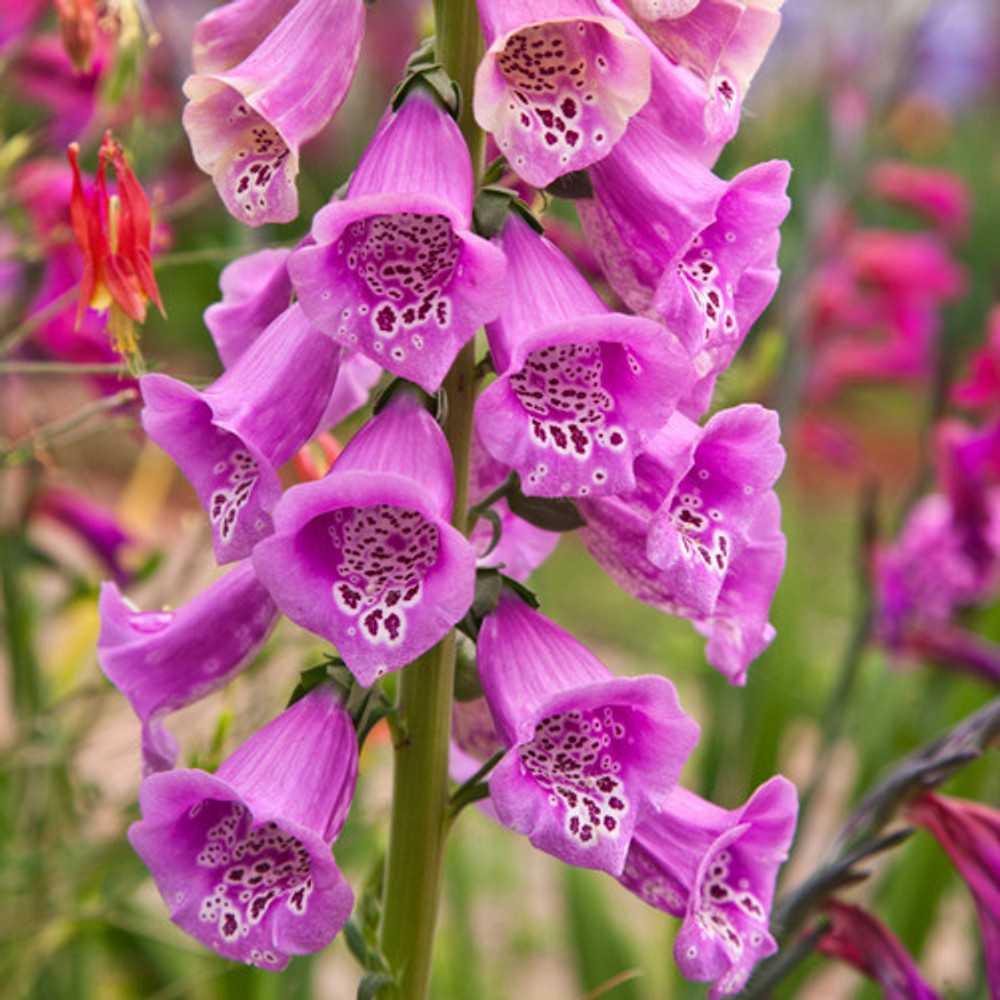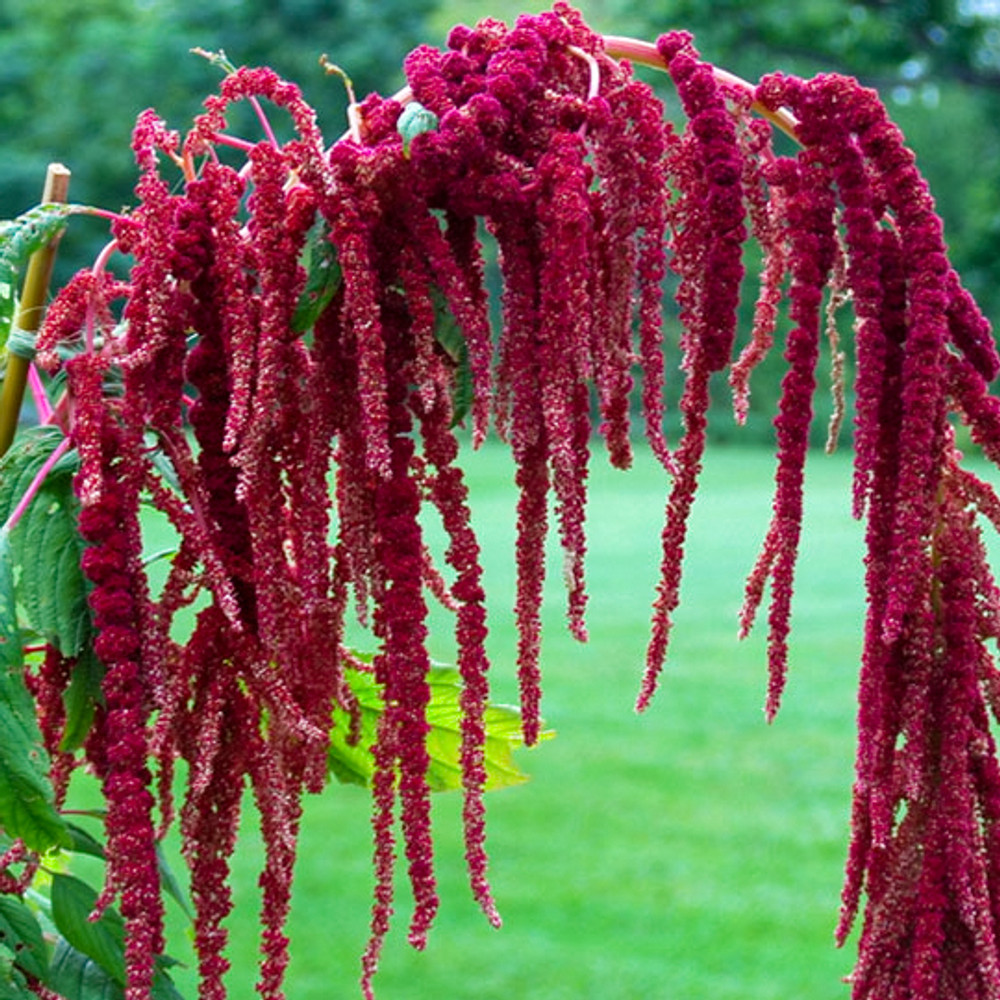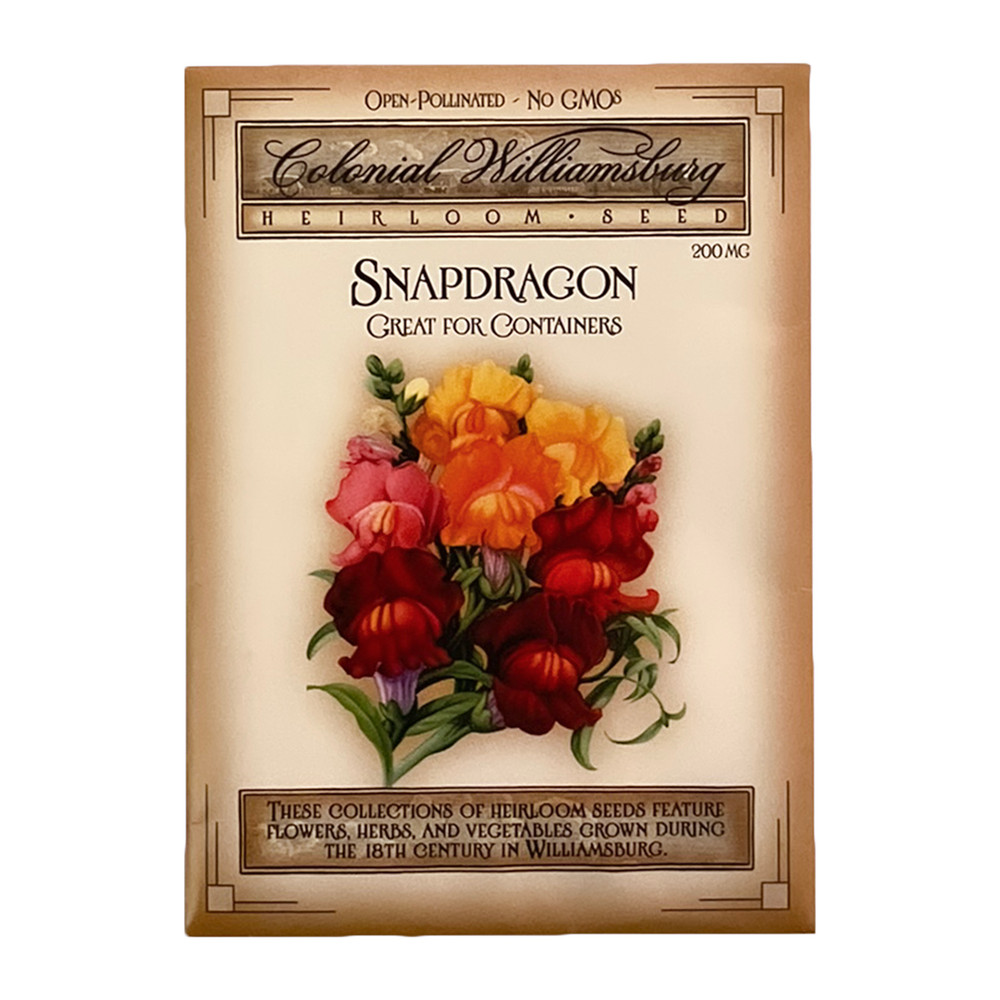Product Description
Early Virginians held great affection for their gardens. Create your very own historically inspired garden with this packet of Blue Flax Seeds. Native to the Great Plains and western North America, this plant is also indigenous to Northern Africa, the Middle East and Central Asia. Seeds from the plant were collected during the Lewis and Clark Expedition of 1804-1806. Americans have used the plant to create cloth, cordage, string, mats, poultices and to cure gastrointestinal ailments. The 1-2 foot plants produce an abundance of sky-blue flowers.
Planting Instructions
FULL SUN – Plants grow easily from seed. Sow seed in late spring after all danger of frost has passed and the soil is warm. Keep the soil slightly moist until germination which takes 14-21 days. When seedlings are 2 inches high, thin leaving 8 inches between plants.
Features
- 250 mg seed packet
- Perennial Plant, Linum perenne
- Plant 8 inches apart at a ½-inch depth
- 14-21 Days to Germination
- Blossoms in 60-90 days
- Made in the USA
- CW Exclusive
Inspiration
Eighteenth-century Williamsburg was the home of many ardent gardeners and plant collectors who often exchanged seeds with fellow enthusiasts in Great Britain. Gardeners obtained their seeds from store merchants or from traveling seedsmen. Today, the Colonial Williamsburg seed program continues the tradition by offering many varieties grown in the 18th century.
Flax is one of the oldest textile fibers. Before the spread of the mechanical cotton gin in the early 1800s, most Americans had a choice of two clothing fibers — wool or linen. Even after the advent of inexpensive cotton, linen fiber from the stems of flax would remain an important source of fiber for clothes and other products.
In addition to being a fiber source, flax was also an important oilseed in America until the mid-1900s. Linseed oil, squeezed out of flax seed, can still be found in most hardware stores and is used as a preservative finish on wood. Despite the valuable characteristics of both linseed oil and linen fiber, flax began to fade from American farms after the development of the petroleum industry.






